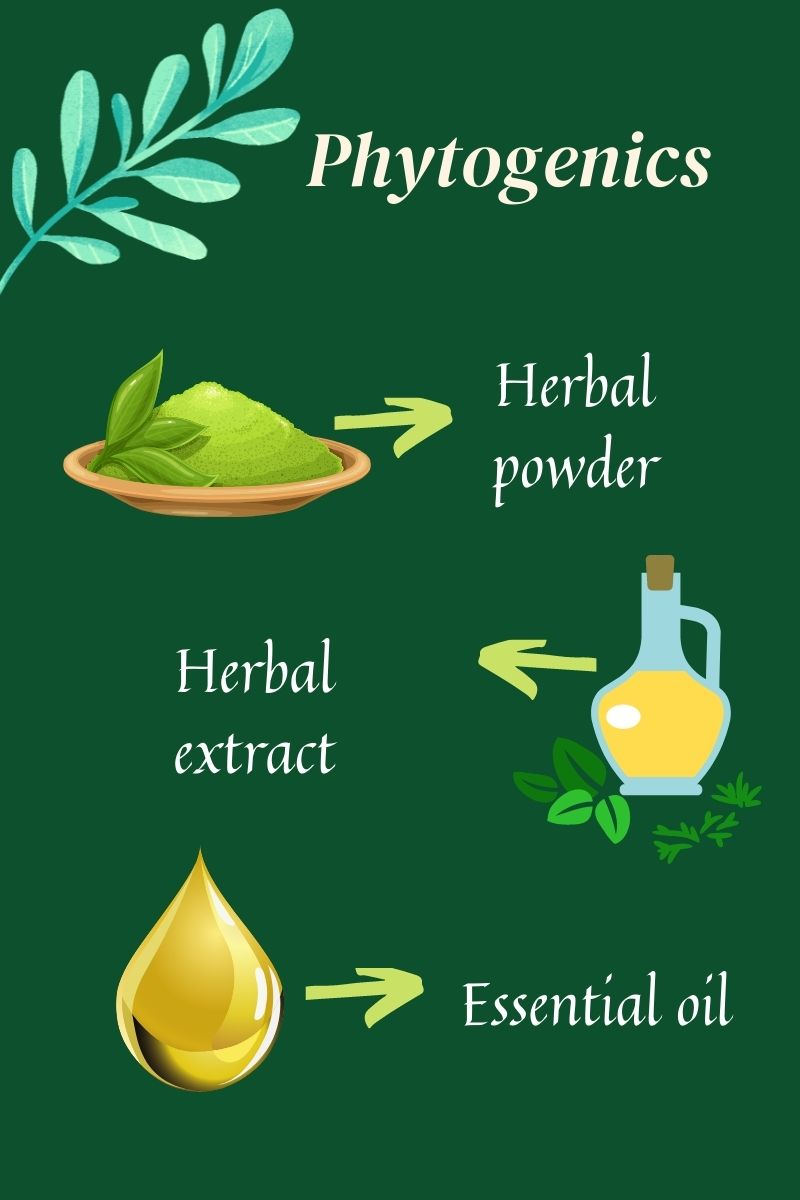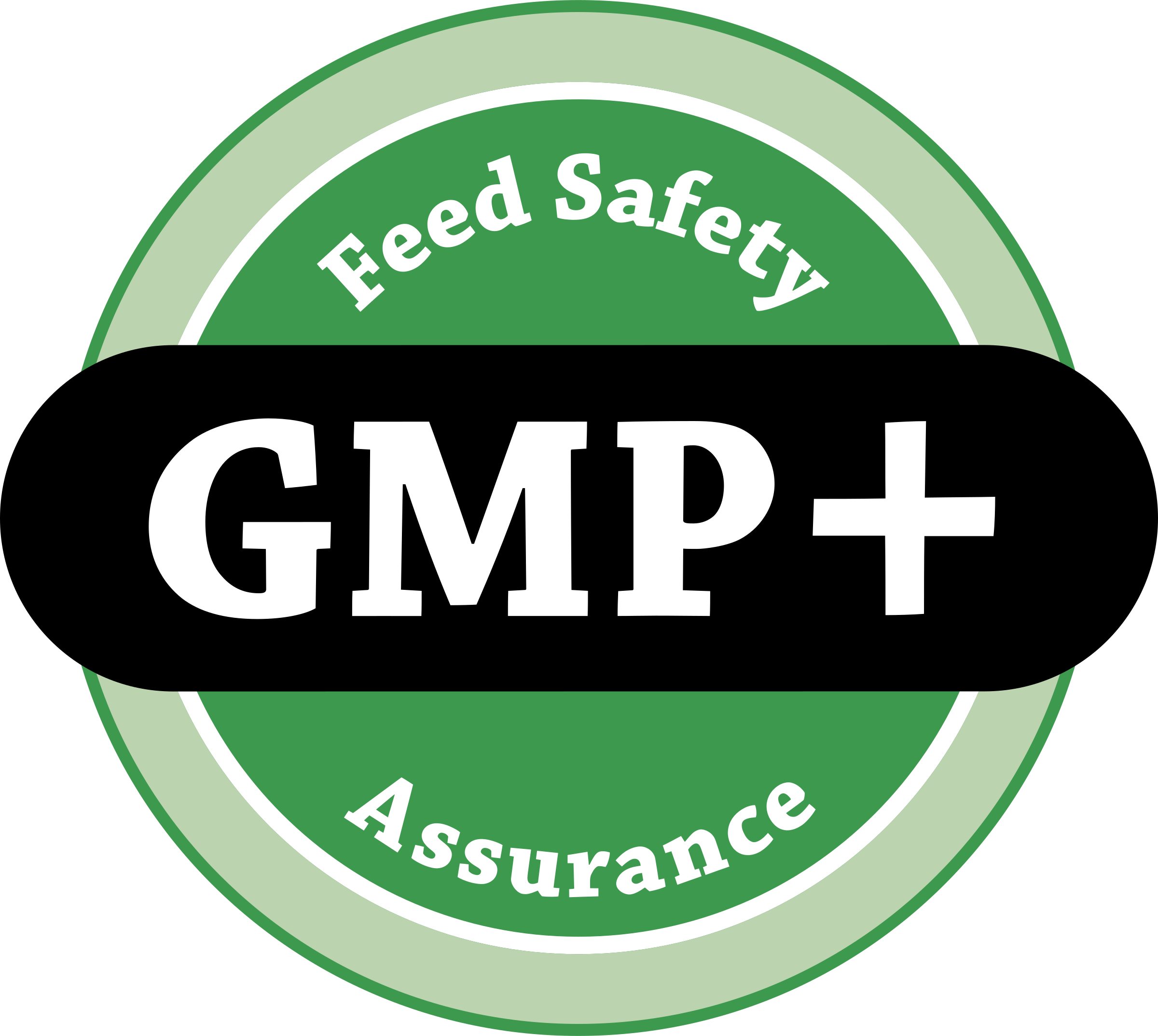With increasing outcry for injudicious use of antibiotics, development of antibiotic resistance and bans by some of the key feed markets, such as Europe, the US, and South Korea led to search of alternatives. In this long search phytogenics or phytobiotics is emerging as key solutions for conventional and antibiotic-free animal nutrition.
An improvement in natural feeding practice
Feeding non-conventional feedstuffs to animals has been a common practice since ages. But with increased commercialization, there have been significant changes in the approach to providing natural feed. In this race, phytogenics owing to their holistic and broad-spectrum efficacy, has made its place in crowd of natural feed additives
Some of the key benefits associated with the use of phytogenics in feed:
- Increased feed intake
- Improved gut function
- Prevention of diarrhoea
- Antimicrobial and antioxidative effects
Different Phytogenic compounds
Phytogenic compounds comprise a wide range of plant-derived natural bioactive compounds e.g., phenols and flavonoids and essential oils are a major group with positive effects on animal growth and health. Advantage is based on the synergistic effects of all agents within a plant, which have not been reduced to the effects of a single lead substance.
- Herbal powder: These are unique formulations and may be available as single herbs in powdered form, or as a combination of herbal powders. The efficacy of the formulation depends on the combination of the powders and precision in the combination ratio is crucial.
- Herbal extract: It is a liquid solution of herbs and alcohol. The dried or fresh herbs are combined with alcohol, then the solid matter is removed leaving a liquid containing the functional properties of the plant. This process is called extraction, hence the name, herbal extract.
- Essential oil: When natural oil present in a plant is captured through a distillation process, often by using steam, essential oil is obtained. Essential oils are part of the internal structure of a fragrant plants.

Phytogenic helps in maintaining holistic health
Plants and their products- secondary metabolites posses various properties that has diverse properties like flavouring, antioxidant, anti-fungal, anti-viral, antibacterial, hepatoprotectant, immune modulating and physiological, amongst others, is responsible for their performance-enhancing effect in animals.
1.Antibacterial: Plants and herbs contain antimicrobial phytochemicals that modulate microbial populations in the GIT to prevent disease and promote growth, even after vaccination or when challenged with high doses of microbes, including Clostridium perfringens. Terpenoids like Carvacrol and thymol alters the structure and function of the cytoplasmic membrane and disrupting membrane protein binding and ATP synthesis. They interfere with the holding of membrane proteins, which contributes to the leakage of ions and intracellular molecules such as ATP.
2.Antioxidant: Antioxidative effects were reported for a large number of plant substances (phenolic terpenes). Activation of the transcription factor Nrf2 pathway leads to the induction of genes responsible for cellular defence against ROS and detoxification of xenobiotics (chemical substances foreign to an organism). The use of a phytogenic feed additive was found to upregulate Nrf2 target genes. Thymol, carvacrol and 6-gingerol possess useful antioxidant properties and may become very important in the search for natural replacements of synthetic antioxidant feed additives.
3. Antiinflammatory: Phytogenic substances has potency in gene regulation via modulation of transcriptional factors. Metabolites of plants like Allium sativum, Piper nigrum, Curcuma longa, or aloe have anti-inflammatory properties. Those anti-inflammatory properties are induced due to the down-regulation of NF-κB expression and other pro-inflammatory mediators. Both, the alpha- and beta-form of IL-1, induce endothelial cell adhesion molecules, stimulate chemokine production by endothelial cells as well as macrophages and activate acute-phase reactants by the liver.
4.Immunomodulation: The stress response using phytochemicals like carvacrol, cinnamaldehyde, curcumin, and thymol was alleviated since the NFκB and MAPKs signaling pathways were suppressed, and the expression of anti-inflammatory cytokines was increased. Due to this, the blood levels of non-specific immune cells were lowered, and lymphocyte and antibody production were promoted to defend against invading pathogens.
5.Hepatoprotective: Medicinal herbs are significant source of hepatoprotective drugs. It has been reported that about 170 phytoconstituents isolated from 110 plants belonging to 55 families do possess hepatoprotective activity. Liver protective herbal drugs contain a variety of chemical constituents like phenols, coumarins, curcuminoids, lignans, essential oils and terpenoids. Hepatoprotectives are a class of therapeutic agents that includes synthetic as well as natural product which offer protection to liver from damage or help in regeneration of hepatic cells.
Read Also: Phytogenics


